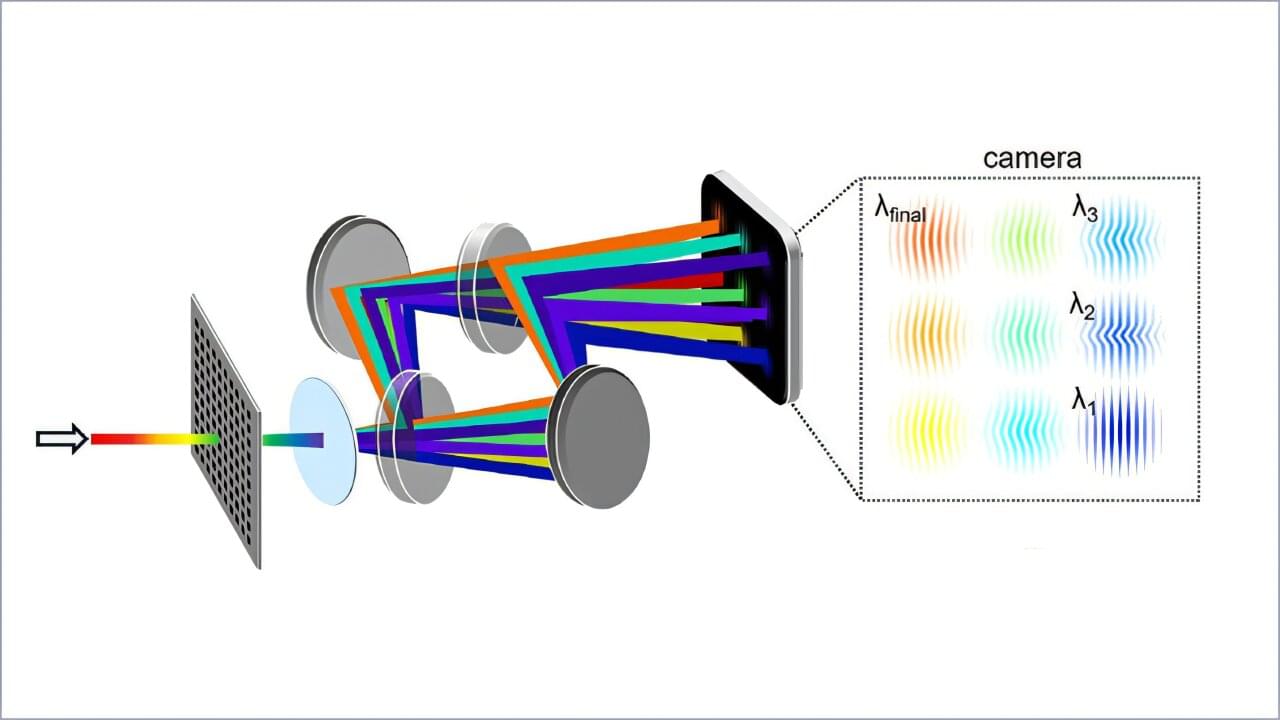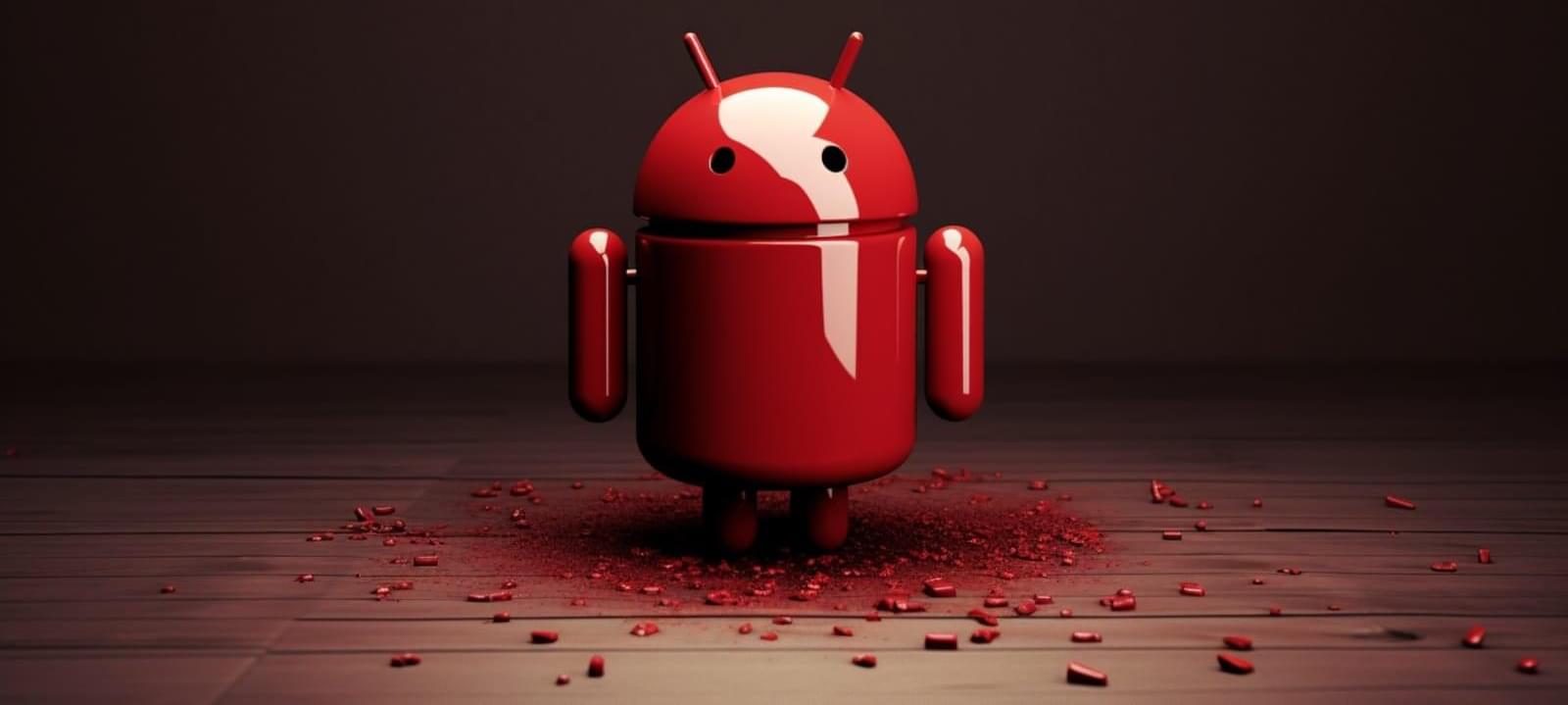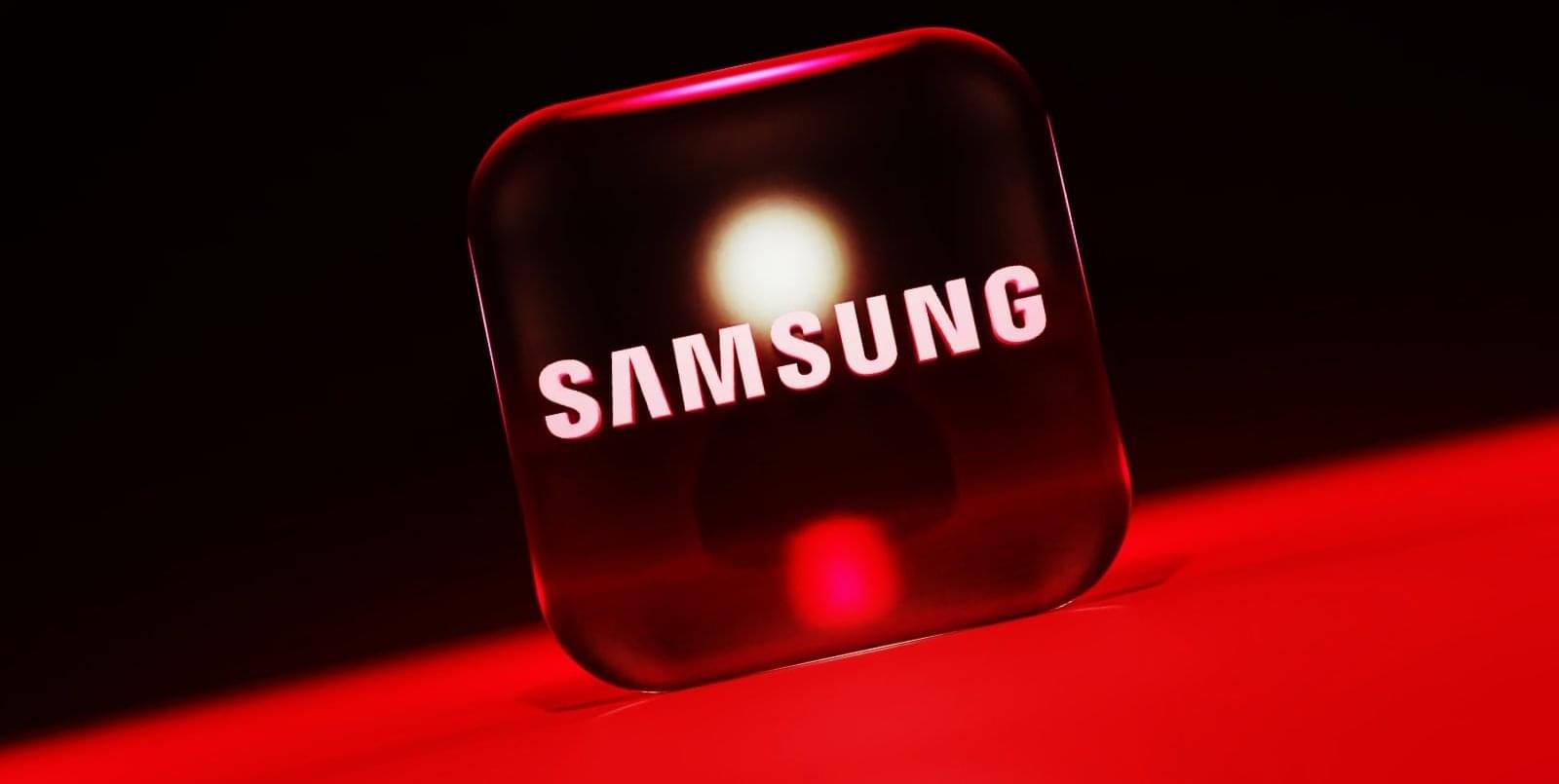Plasma, ionized gas and the fourth state of matter, makes up over 99% of the ordinary matter in the universe. Understanding its properties is critical for developing fusion energy sources, modeling astrophysical objects like stars and improving manufacturing techniques for semiconductors in modern cell phones.
But watching and determining what happens inside high-density plasmas is difficult. Events can unfold in trillionths of a second and behave in complex, unpredictable ways.
In a study published in Optica, researchers at Lawrence Livermore National Laboratory (LLNL) developed a new diagnostic that captures plasma evolution in time and space with a single laser shot. This breakthrough creates plasma movies with 100 billion frames per second, illuminating ultrafast dynamics that were previously impossible to observe.






